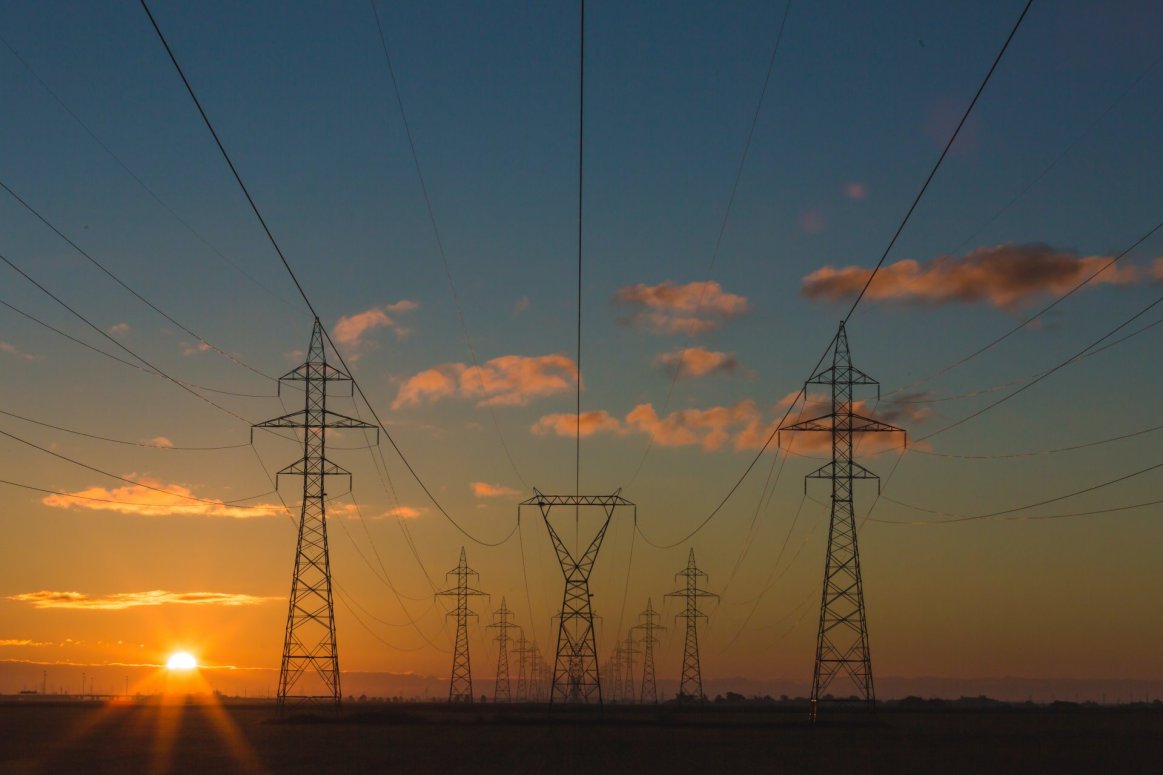
In the realm of renewable energy, the challenges encountered during the system integration process are as diverse as the systems themselves. One such intriguing scenario is the interface of modern power electronics equipment with 240V high-leg delta systems, a type of electrical configuration frequently found in agricultural and older commercial/industrial buildings. In this article, we will discuss the nature of these systems and their inherent conflict with transformerless inverters and offer practical solutions to these issues.
But first, let’s talk money. With the USDA's recent funding injection, rural areas and farms stand on the brink of a renewable energy revolution. The USDA has set aside 1 billion dollars to assist farmers and rural businesses in investing in renewable energy systems through grants available under the Rural Energy For America Program. However, as we venture into this new frontier, we must address the unique challenge of interconnecting to 240V high-leg delta systems.
We will begin by defining a 240V high-leg delta system. This three-phase configuration, also known as a 'wild leg' or 'stinger leg,' is unique due to the voltage disparity of one leg. While two of the legs have a voltage of 120V relative to the neutral or ground, the third 'high' leg in contrast has a phase voltage of 208V, thus creating an imbalance.
If we introduce transformerless inverters into this scenario, a fundamental incompatibility is found. Most transformerless inverters output on the line-to-ground (L-G) voltage and require a neutral point for reference and output of 120/208V, 277/480V, and 120/240V single phase. However, 240V high-leg delta systems' high leg can’t be matched by a 120/240V split phase output from an inverter. The inverter output of 120V for Phase B L-G would then damage the 208V Phase B high leg delta. Consequently, an inverter capable of a balanced output of 240V line-to-line (L-L) only is needed, without requiring a neutral.
Enter the micro-inverters. These units are routinely installed without a neutral and can be programmed to output at 240V L-L, making them an excellent choice to connect with the 240V high-leg delta system. Two notable microinverters are the Yotta Energy DPI (Dual Power Inverter) and the Northern Electric NEP unit.
The Yotta Energy DPI is a commercial solution combining four modules in one microinverter that can connect seamlessly to 240V delta high-leg systems. The DPI offers two three-phase voltage settings, and the 208V unit can be adjusted to provide an output as high as 240V. Further, this microinverter is accompanied by rapid shutdown capabilities and can be paired with their energy storage solution for a more comprehensive energy system.
Separately, Northern Electric's NEP unit, a 2-in-1 microinverter, offers units capable of outputting at 240V. This unit must be balanced for a three-phase L1-L2, L2-L3, and L3-L1 configuration to achieve a 240V L-L three-phase output from an accumulation panel. Similar to the Yotta DPI, the NEP units are also rapid shutdown compliant offering an additional safety feature.
The good news for those seeking to procure these microinverters is both models are available through Greentech Renewables. Your sales representative can assist you with any project procurement needs and provide design service assistance.
In conclusion, while the 240V high-leg delta systems might initially pose challenges, they are far from insurmountable. By understanding the technical hurdles and utilizing the correct equipment, we can successfully bring renewable energy to even the most complex rural infrastructures. With the support from the USDA and the proper engineering know-how, our journey towards a sustainable rural America is not only feasible but well within our reach.
Comments
Some utilities, in this case SWEPCO/AEP, insist on a neutral, and won't allow just phase-to-phase. Is there a (relatively) simple work-around for that?
Hello Bo,
Unfortunately insisting a neutral from the inverters will deem the inverters incompatible with 240V High Leg Delta if it’s a 120/240V output from the inverter. Reason being is because the inverters can't match the high leg voltage of 208V L-N on Phase B, only 120V L-N for Phase A & C, therefore risking damage to the existing electrical system. We've seen success with the use of inverters that output only 240V L-L , that way you never touch the L-N voltages.
Thank you again for your comment. From Terance Harper